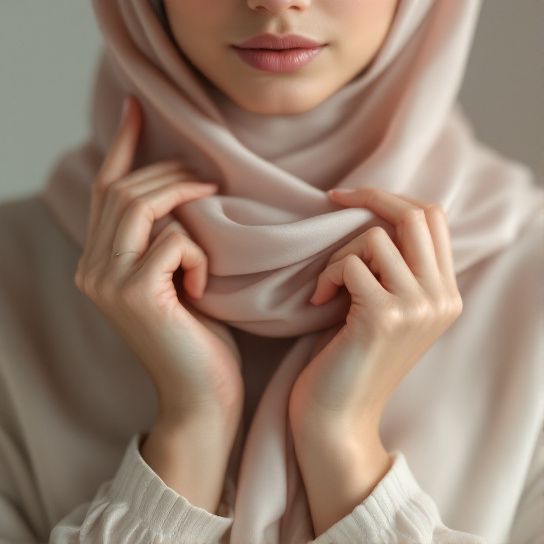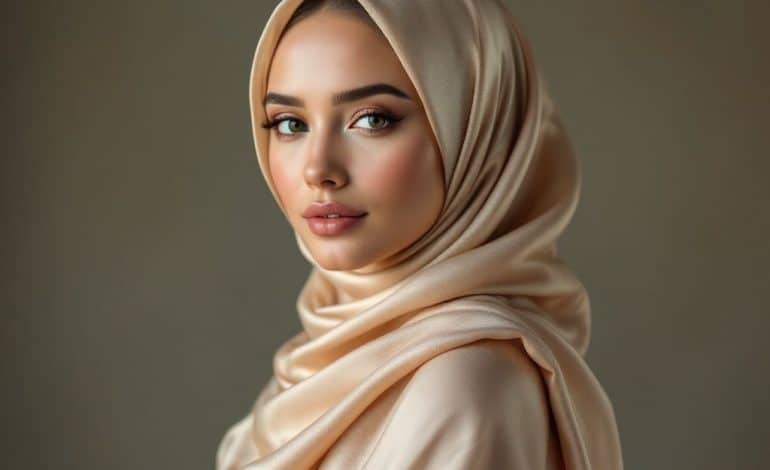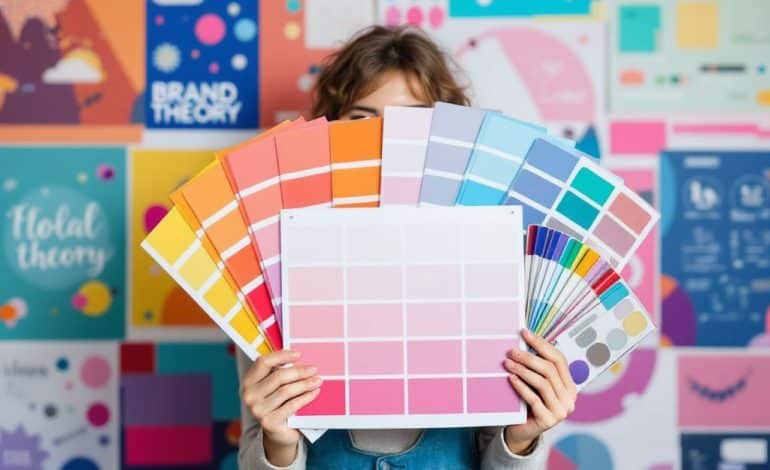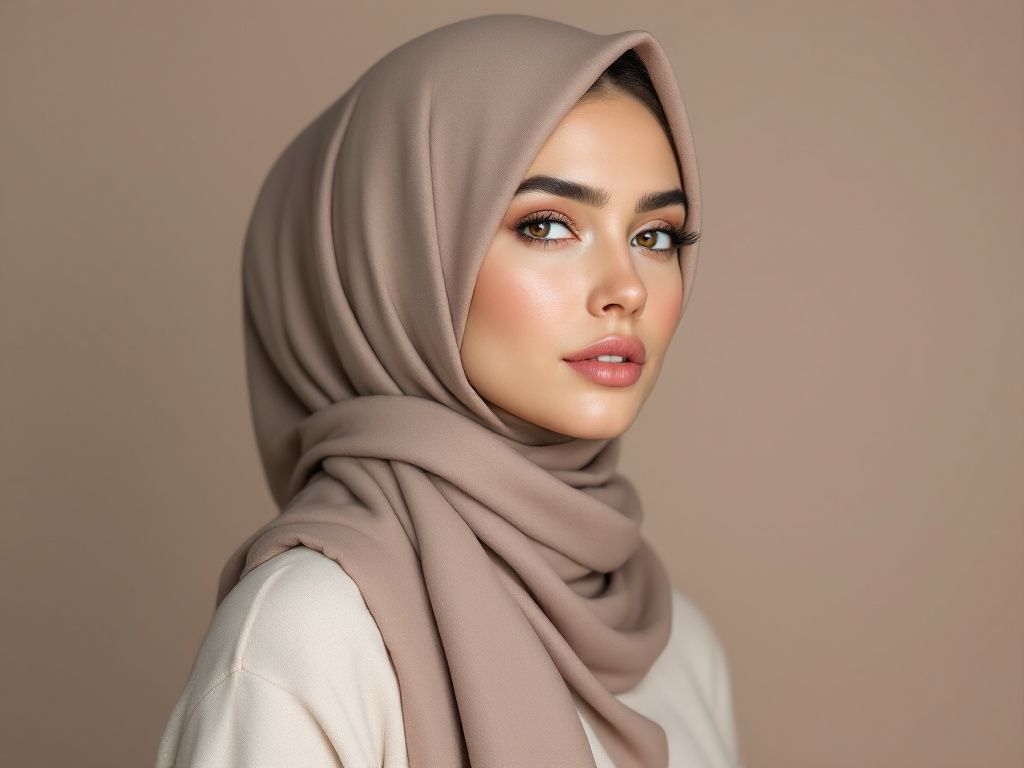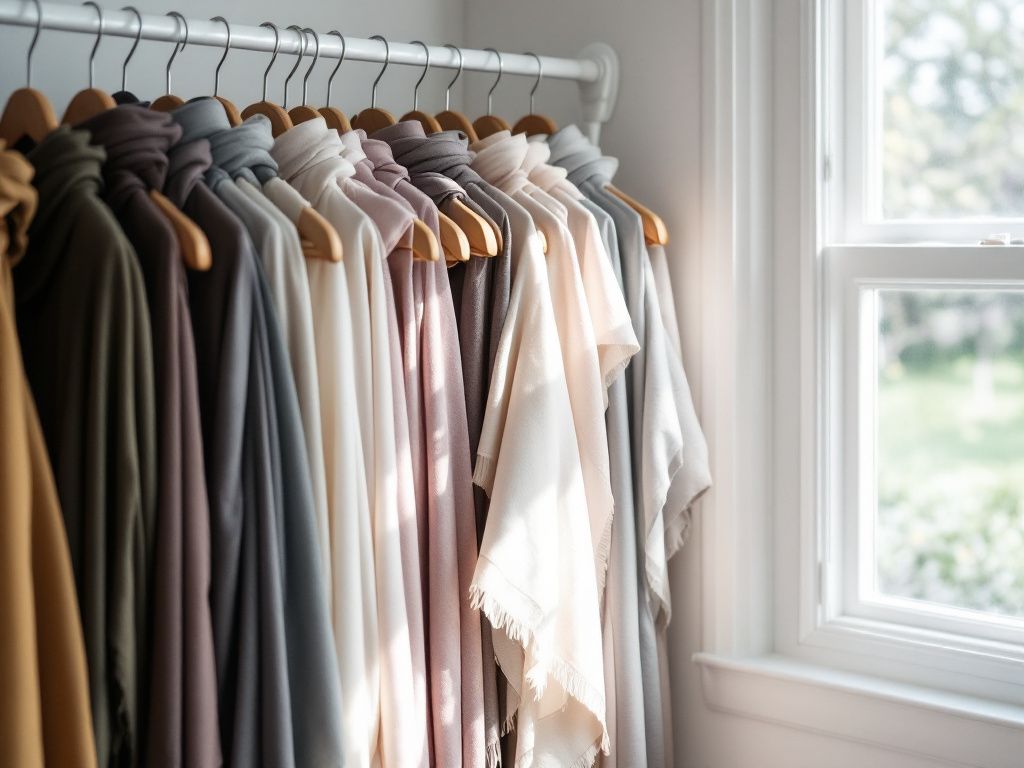Embracing Minimal Style 2025: A Modern Guide to Simple Hijab
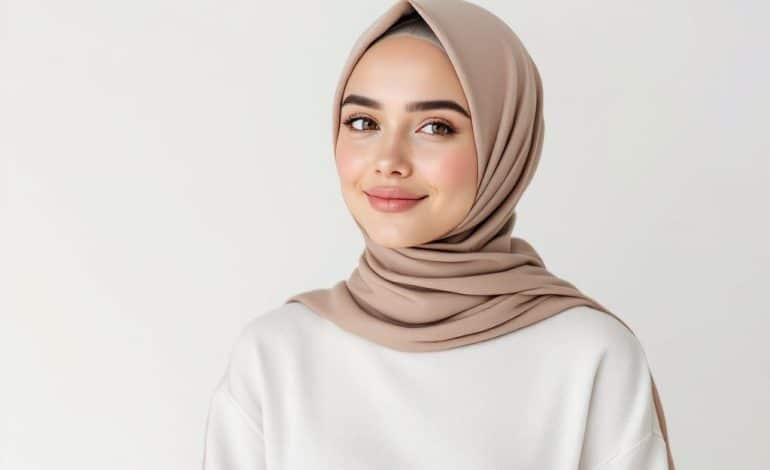
So, you’ve heard about the minimal style revolution, and you’re curious if it’s all it’s cracked up to be, especially with that “simple hijab” twist. Well, you’re in luck! In today’s bustling visual landscape, characterized by constantly buzzing notifications and overly saturated color palettes, many brands and individuals are completely shifting directions. They’re embracing a minimal style, especially in their brand palettes, transforming complexity into simplicity. But why the fuss? And how does the humble hijab play into this sleek, clean aesthetic approach? Let’s break it down, step by step.
Why Simple Is the New Black
Let’s face it: too much noise can be overwhelming. When everything and everyone is competing for attention, sometimes it’s the quiet, restrained approach that stands out the most. Minimalism, especially as we’re approaching 2025, is not about stripping things down to the bare bones. It’s about focus. It’s about being deliberate.
The Appeal of Simplicity
Think about it. Walk into a room cluttered with vibrant, chaotic colors. It’s exhausting, right? Your mind simply can’t process that overload of information without getting fatigued. Now imagine a space—or a brand palette—that’s predominantly clean and minimal. The fresh air of clarity invigorates. You engage with it deeper and more meaningfully. A simple hijab, in the same breath, encapsulates this principle beautifully. It isn’t just about modesty or tradition. It’s a commitment to intentionality and modern sophistication.
Modern “Simple Hijab” Styles
The simple hijab style has naturally adapted to fit this minimal trend. Black, white, or neutral palettes are becoming ever so popular. You’d be surprised by how introducing softer, muted colors into your wardrobe can transform not only your style but your entire approach to life.
But why is this becoming the go-to extension of the minimal lifestyle? It probably lies in its versatility and elegance. Pair a simple, clean hijab with your minimalist wardrobe, and you’re all set for most occasions—from a coffee shop meet-up to a business casual meeting.
The Intersection of Minimal Style and Brand Palette

Minimalism isn’t just a fleeting trend hovering around the fashion world. It’s permeating business strategies and brand visuals. Brands are prioritizing effortless design elements to engage customers deeply—and this 2025 module is shaping the future of those connections.
Building a Minimal Brand Palette
Creating a simple brand palette involves a few straightforward steps. Here’s a quick guide to kickstart your journey:
- Understand Your Core Values: Before reaching for those shades, pinpoint what your brand stands for. Brands that align their core messages with their visual storytelling tend to resonate better with their audiences.
- Choose a Base Hue: Think of a central color that embodies your brand spirit. For many, a neutral tone like grey, white, or beige taps into that minimalist aesthetic but don’t shy away from softer pastels if it suits your brand’s voice.
- Limit Your Palette Sizes: Stick to a primary color and a couple of accent colors. This consistency evokes clarity and familiarity. Still not sold? Imagine Apple’s marketing campaigns—stripped down yet impactful.
- Be Intentional with Textures: Shadows, depths, pixel-perfect alignments—all these unseen components contribute to minimal existence. A simple hijab, much like a simplified brand design, elegantly balances understated texture amidst simplicity.
Integrating Simple Hijab in the Mix
For businesses rooted in fashion or modest wear, adopting a simple hijab line could sync beautifully with minimalist trends. This isn’t just another “check-the-box” endeavor—it’s an opportunity to align fashion products with core design values the modern consumer valiantly supports.
Actionable Steps to Implement Minimalism in Life

Perhaps we’re not all introspecting about fashion or brand design, yet there’s a good bet you, like many others, are curious about transforming to a minimalist lifestyle come 2025.
Steps to Downshift and Embrace Minimalism
- Start Small: Begin with one area—your wardrobe for instance. Gradually incorporate simple hijab styles and neutral clothing.
- Declutter Ruthlessly: Whether it’s the fabric world or digital existence, ditch what’s unnecessary. Ask: Does this serve a genuine purpose?
- Prioritize Quality Over Quantity: Instead of stockpiling items for every occasion, invest in versatile pieces like a simple hijab, blending seamlessly from day to night wear.
- Mindfully Introduce New Elements: If you decide to add something new—be it clothes, decor, or thoughts—ask yourself what value and purpose that element will bring to your life.
- 5. **Embrace the Void: In lifecycle obsolescence, emptiness isn’t undesirable—it’s an invitation for thoughtful fillers.
Common Mistakes in Minimal Style Adoption
Switching to a minimal style can occasionally backfire if not done thoughtfully. Let’s go over frequent pitfalls:
Over-Reductionism

Chasing fewer things doesn’t imply losing personality. This common mistake reveals a misunderstanding of minimalism. A basic or simple hijab can exhibit stunning diversity, echoing individual style rather than masking it.
Ignoring Functionality
A focus purely on beauty without function can leave you floundering. Sure, opt for that sleek design—but ensure options like hijabs, clothes, or home decors don’t compromise comfort or utility.
Getting Overwhelmed by Simplification
Adopting an entire new lifestyle at once can be, quite frankly, too much. Wardrobe transitions? Sure thing! But maybe hold off on rearranging your entire living room, workspace, and fitness routine within a weekend. Incremental change almost always reaps more benefits.
Reinforce Finally, Why This All Matters
Before you rush to the closet or your brand board, just remember—minimal style is not some prescriptive rule set demanding adherence. It’s a lifestyle preference ticking books for efficiency, clarity, and, perhaps most importantly, contentment.
Engage with your wardrobe, brand palette, or daily existence with a conscious purpose and elements like the simple hijab become not just pieces of fabric but symbols of intentional creativity. Seeking simplicity in a brimming-over world, especially as we’re nearing 2025, may be just the clarity you never knew you needed.
In this minimal journey, while metrics, statistics, and why-things-matter are vital starting points, carving out pathways for personal aesthetics syncing harmoniously with personal or professional focus—is magic. Flush out chaos with calculated intention and you may find yourself living freer in both design and decision.
Until next time—keep it simple!
Frequently Asked Questions
What is a simple hijab?
A simple hijab typically refers to a basic headscarf that covers the hair and neck, leaving the face visible. It is the most commonly used term for Muslim women’s head coverings and comes in various patterns, fabrics, colors, and styles[1][4][5).
How do you wear a simple hijab?
To wear a simple hijab, you wrap a square or rectangular scarf around your head, securing it under the chin or around the shoulders. The scarf covers the hair and neck but leaves the face clear. There are many ways to style it, often influenced by cultural practices and personal preference[1][4][5).
What is the difference between a hijab and other Islamic head coverings like the niqab or burqa?
A hijab is a headscarf that covers the hair and neck but leaves the face visible. In contrast, a niqab is a face veil that covers the nose and mouth, leaving only the eyes exposed, and a burqa is a full-body garment that covers the entire face and body, often with a mesh screen for visibility[3][4][5).
Why do Muslim women wear a hijab?
Muslim women wear a hijab as a symbol of modesty, faith, and adherence to Islamic principles. It is seen as a way to preserve dignity and uphold religious teachings, and its use has been interpreted in various ways across different cultures and interpretations of Islamic law[1][4][5).
References